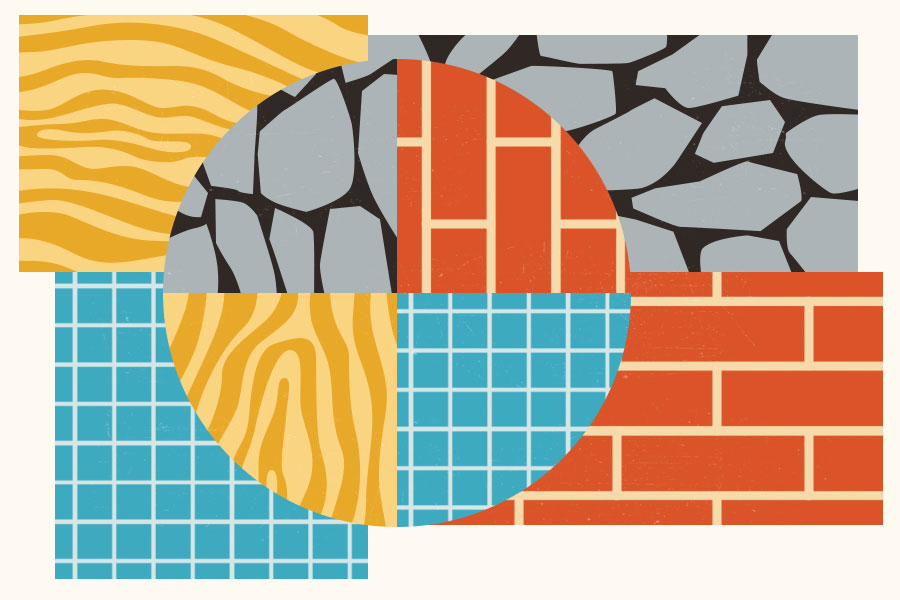
Think Differently About Materials
Taking a different approach to product selection can lower the carbon footprint of interiors.
Optimize the Material Palette:
Being selective about the number of materials, products, and finishes in a project can make a project resource efficient, make it easier to track the carbon footprint, and simplify reuse and recycling before the next interior renovation.
Consider Permanence and Temporariness:
Specify materials with longer life spans for permanent elements that are not likely to be modified in the short term and select easily recyclable materials for elements that are “temporary” or mobile.
Invest in Beauty:
Think about aesthetic choices and emphasize aesthetics that are long-lasting and will stand the test of time. Where possible, pick beautiful products that are not likely to be replaced quickly when tastes change.
Prioritize Integrity:
Think of complex products as a kit of parts. Reduce the reliance on finishes, to make the elements as recyclable and reusable as possible. Select materials that provide both structure and finish. Ensure that these materials are Red List free and have a low carbon footprint.
Shift Clients’ Attitudes:
Teach clients to see materials as an investment, not just as an expenditure. Encourage them to safeguard that investment over the life of the project. Identify the top five materials and strategies for them that will offer an ROI at end of life.
Look to the Future:
Try to think of materials as part of the carbon solution. In the short term, find products with the lowest footprint or opt for reclaimed or salvaged materials. In the long term look for carbon sinks and specify biobased or renewable materials.
If you have feedback on the Climate Toolkit for Interior Design, write to: [email protected]




